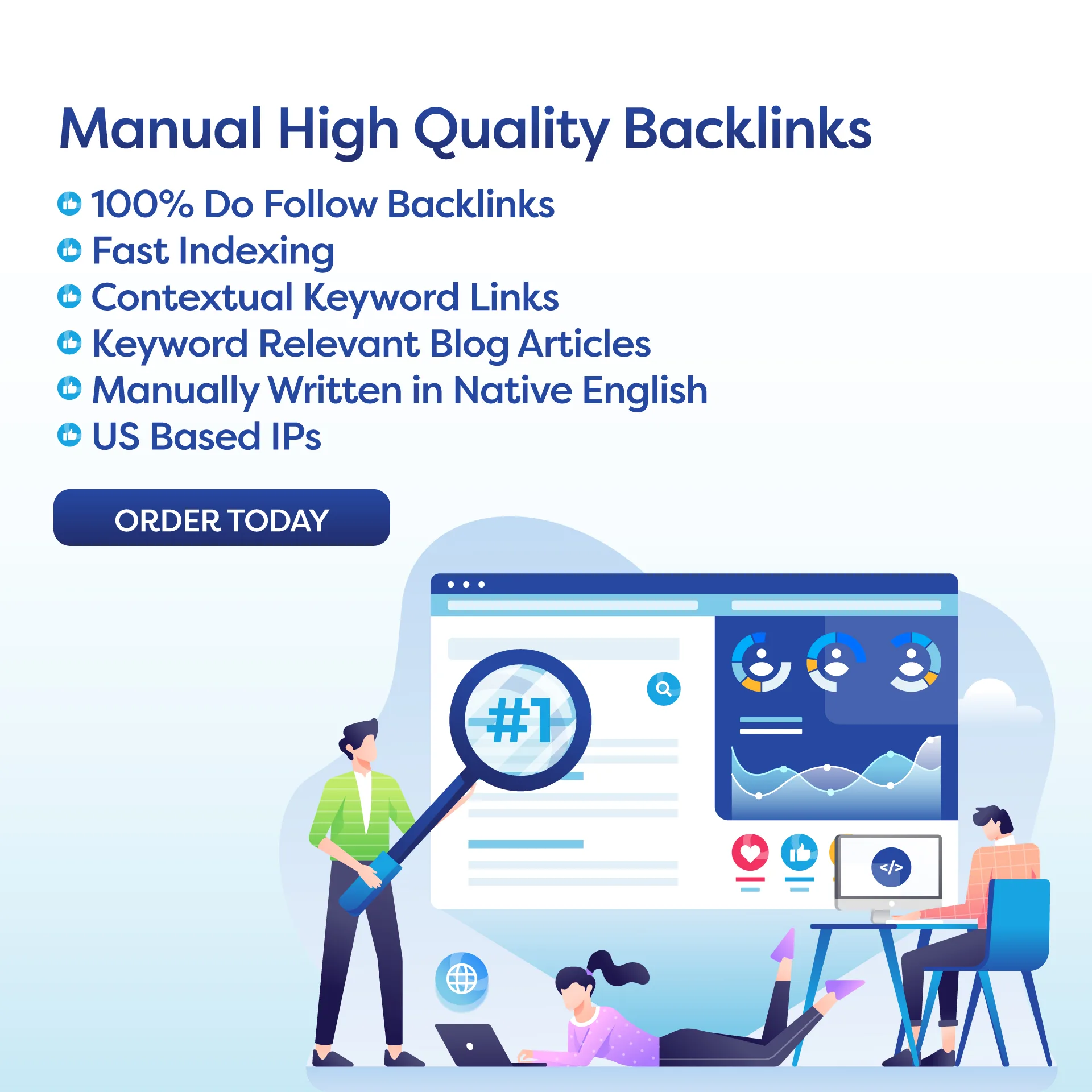**Introduction**
In today’s digital age, creating quality content is no longer just a nice-to-have for businesses – it’s a necessity. **Content marketing** and **SEO** go hand in hand when it comes to achieving business goals online. But what exactly are the goals of content marketing and how can they be aligned with SEO strategies to drive success?
**Key Takeaways**
1. **Creating Engaging Content:** Content marketing is all about creating valuable and engaging content that resonates with your target audience. This can help boost brand awareness, increase website traffic, and improve customer engagement.
2. **Optimizing Content for SEO:** SEO plays a crucial role in ensuring that your content is discoverable by search engines. By optimizing your content for relevant keywords and implementing best SEO practices, you can improve your organic search visibility and drive more traffic to your website.
3. **Driving Conversions:** Ultimately, the goal of content marketing and SEO is to drive conversions and generate leads for your business. By creating high-quality content that addresses the pain points of your target audience and optimizing it for search engines, you can attract more qualified leads and increase conversions.
**Creating Engaging Content**
*Key Idea 1: Understanding Your Audience*
Understanding your target audience is essential for creating engaging content that resonates with them. Conduct market research, analyze customer data, and gather insights to understand their needs, preferences, and pain points. By creating content that addresses these specific needs, you can increase engagement and build brand loyalty.
*Key Idea 2: Storytelling and Visual Content*
Humans are naturally drawn to stories, so incorporating storytelling into your content can make it more engaging and memorable. Use visuals such as images, videos, and infographics to enhance your storytelling and capture the attention of your audience. Visual content is more likely to be shared on social media and can help increase brand visibility and engagement.
**Optimizing Content for SEO**
*Key Idea 1: Keyword Research and Optimization*
Keyword research is the foundation of SEO and plays a crucial role in optimizing your content for search engines. Identify relevant keywords that your target audience is searching for and incorporate them strategically into your content. Use tools like Google Keyword Planner, SEMrush, or Ahrefs to discover high-volume keywords with low competition.
*Key Idea 2: On-Page SEO Best Practices*
Implement on-page SEO best practices to ensure that your content is optimized for search engines. This includes optimizing title tags, meta descriptions, headings, and URLs with relevant keywords. Use internal linking to connect related content on your website and improve navigation for both users and search engines.
**Driving Conversions**
*Key Idea 1: Call-to-Actions (CTAs) and Lead Magnets*
Include clear and compelling call-to-actions (CTAs) in your content to encourage users to take the next steps, such as signing up for a newsletter, downloading an eBook, or scheduling a consultation. Offer lead magnets, such as free guides, whitepapers, or webinars, to entice users to share their contact information and move them further down the sales funnel.
*Key Idea 2: Tracking and Analytics*
Track the performance of your content marketing and SEO efforts using tools like Google Analytics, Google Search Console, or SEMrush. Monitor key metrics such as website traffic, click-through rates, conversion rates, and keyword rankings to measure the impact of your campaigns. Use insights from analytics to refine your strategies and optimize your content for better results.
**Action Plan**
1. Conduct a content audit to assess the performance of your existing content and identify areas for improvement.
2. Develop a content calendar with targeted keywords and topics based on your audience research and SEO analysis.
3. Collaborate with your SEO team to optimize your content for search engines and improve organic visibility.
4. Implement A/B testing to experiment with different content formats, CTAs, and messaging to optimize for conversions.
5. Track and analyze the performance of your content marketing and SEO efforts regularly to make data-driven decisions and refine your strategies accordingly.
**Conclusion**
In conclusion, aligning your **content marketing** goals with **SEO** strategies can help you create engaging content, improve organic visibility, and drive conversions for your business. By focusing on understanding your audience, optimizing your content for search engines, and tracking key metrics, you can achieve success in the digital landscape and meet your business objectives.
**FAQ**
**Q: How can I measure the success of my content marketing and SEO efforts?**
A: You can measure the success of your content marketing and SEO efforts by tracking key metrics such as website traffic, conversion rates, keyword rankings, and engagement metrics like bounce rate and time on page.
**Q: How long does it take to see results from content marketing and SEO?**
A: Results from content marketing and SEO efforts can vary depending on factors like competition, industry, and the quality of your content. Generally, it can take several months to see significant improvements in organic search visibility and conversions.
**Q: What are some common pitfalls to avoid in content marketing and SEO?**
A: Common pitfalls to avoid in content marketing and SEO include keyword stuffing, poor quality content, lack of audience research, and neglecting technical SEO aspects like site speed and mobile optimization. Be sure to follow best practices and stay updated on industry trends to avoid these pitfalls.

